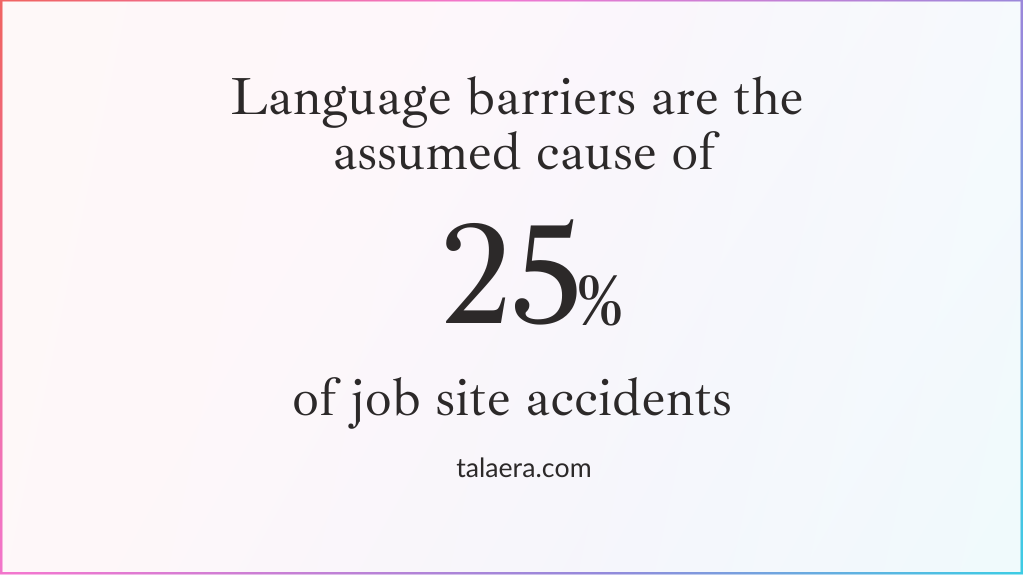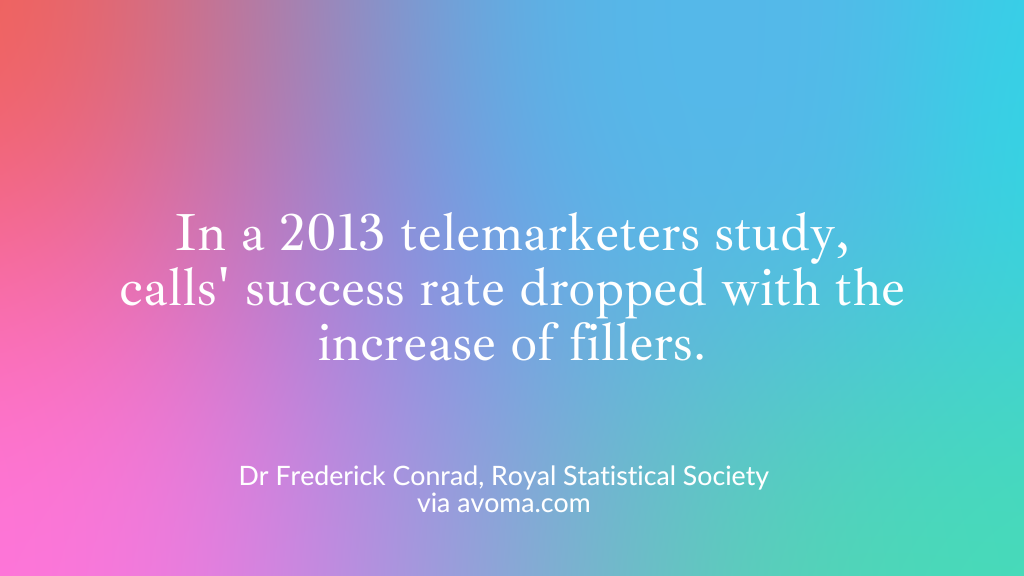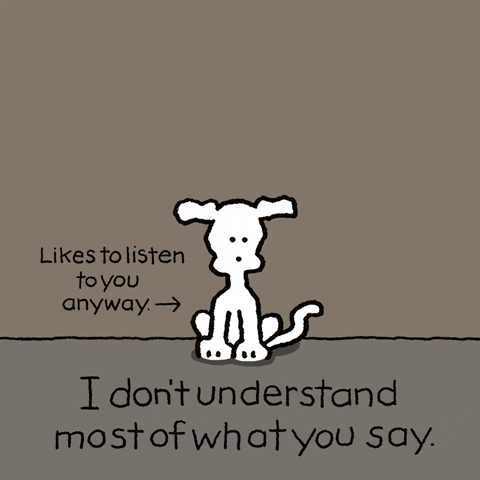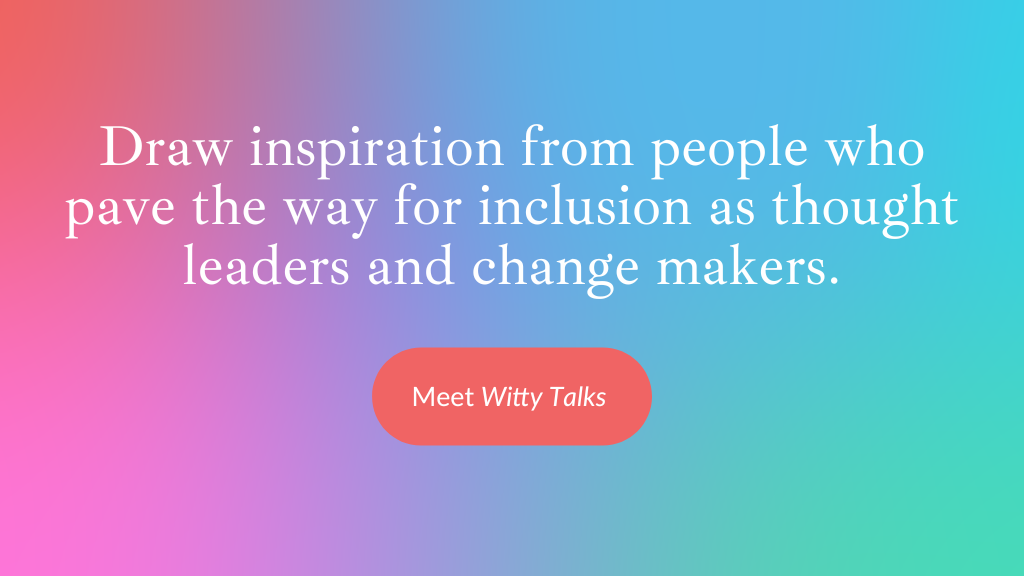 Filler words
Filler words
Adding complexity but no meaning
To make your message effective and easy to grasp, use filler words sparingly.
Basic Example
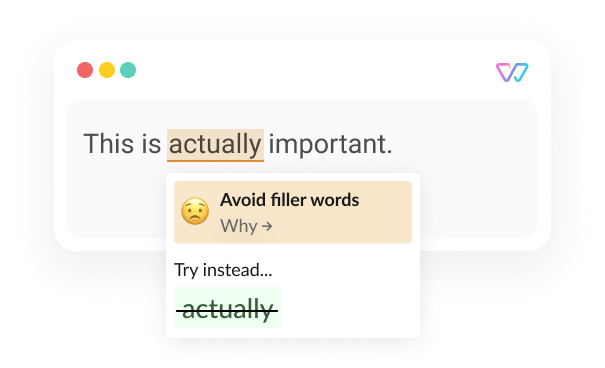
Advanced Example
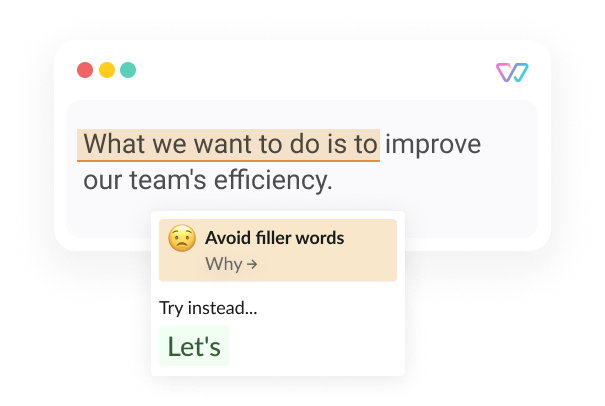
Um, like, you know: Filler words
are everywhere in our sentences and conversations. But
fillers can create barriers. They distract from the message
we want to get across - and make it more difficult to
understand. Fillers add to one of the biggest challenges for
people from many different language backgrounds working
together: misunderstandings in their daily communication.
👍
Let’s change the packaging so people can see what’s inside.
How about changing the packaging so people can see what’s inside?
👎
I think we could maybe change the packaging a bit, so people can kind of see what’s inside?Doesn't resonate with
- People working under time constraints, multi-tasking, or managing with a shorter attention span
- People from diverse language backgrounds and people with different ways of processing language
- People whose first language isn't English
Shout-outs
- The Effect of Vocal Fillers on Credibility, Communication Competence, and Likeability (Leah Gikas & Zac Sutcliffe)
- Um . . . Who Like Says You Know: Filler Word Use as a Function of Age, Gender, and Personality (Charlyn Laserna & Yi-Tai Seih & James Pennebaker)
- Exploring filler words and their impact (Emily Ducall & Aimee Robbbins & Thomas Graham & Scott Divett)
- Discover the impact of filler words when you are selling online: based on analyzing 1M calls (good, the bad and the ugly) (Yaagneshwaran Ganesh)

